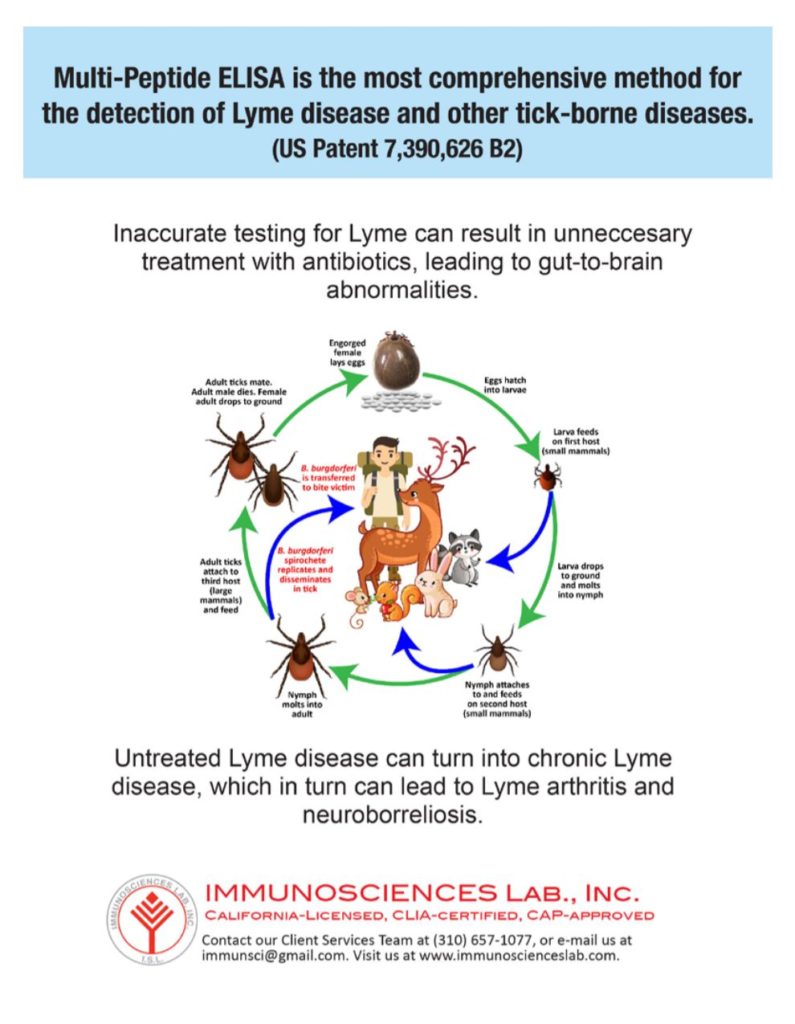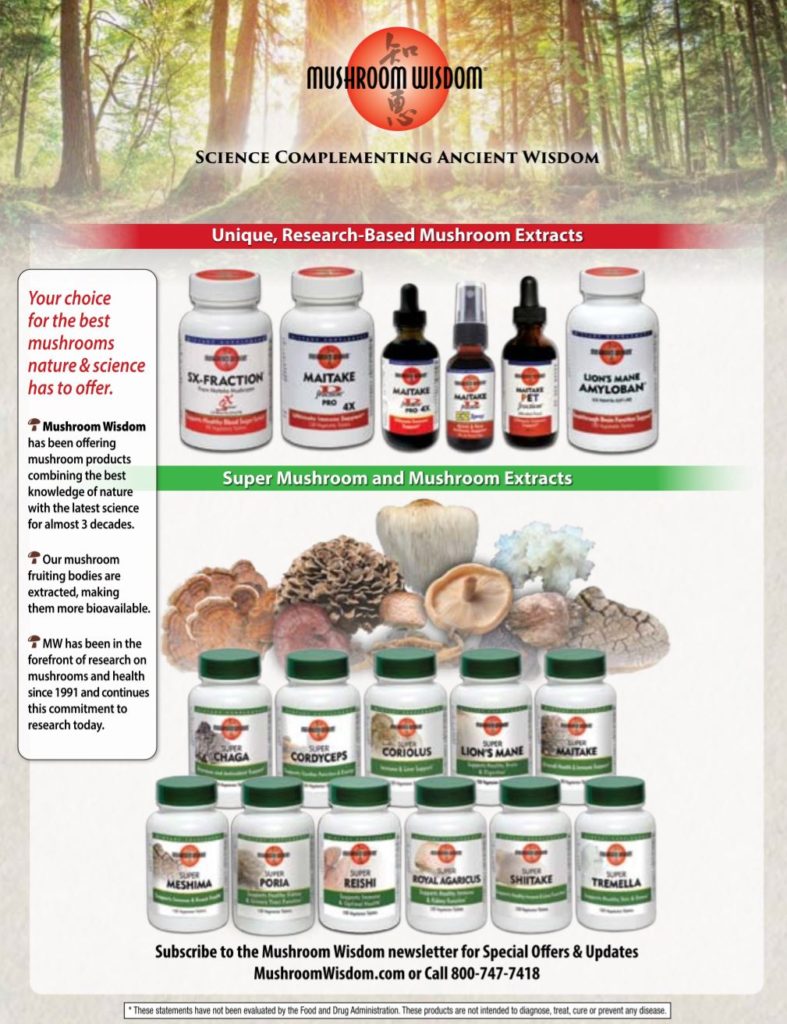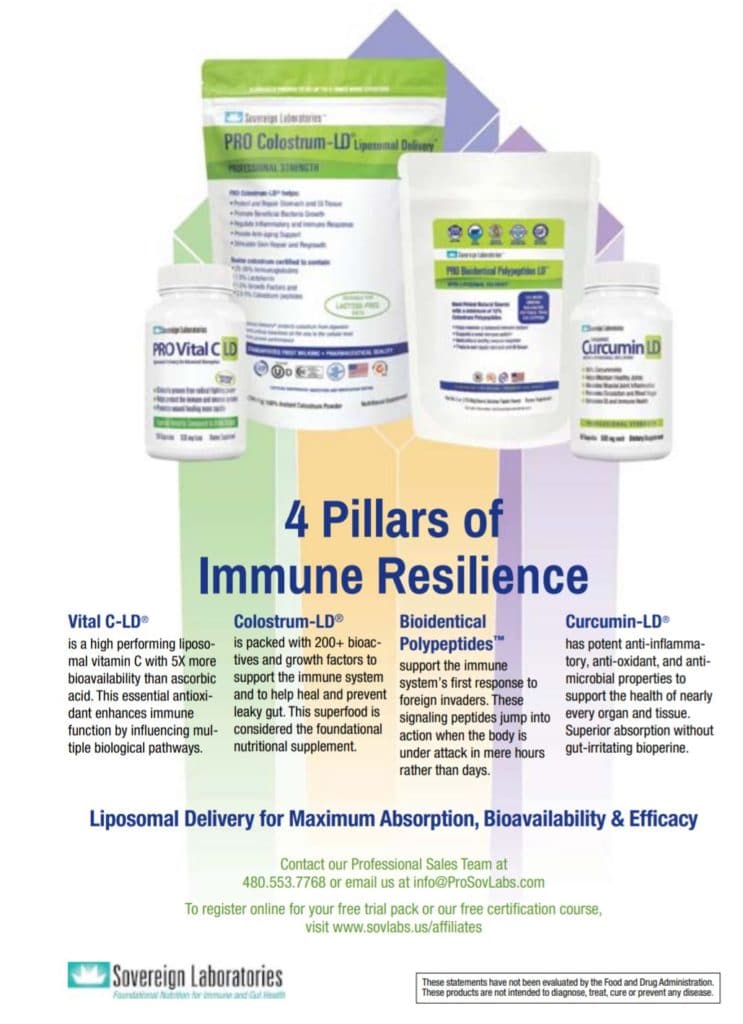#444
Coronavirus Vaccines
As of April 23, the World Health Organization (WHO) was assessing 83 possible vaccines for COVID-19; seven are already undergoing human clinical trials.1 Usually, vaccine development takes several years, but government agencies and pharmaceutical companies are collaborating with the hope of having an effective vaccine within 12-18 months, by early 2021 (or sooner, if US FDA grants “emergency use” status2). Instead of culturing the virus in cells, a time-consuming process that slows manufacturing, companies are turning to new techniques.3 A Chinese biotech company, CanSino Biological, is working on a subunit vaccine that uses the coronavirus spike protein, delivered by an adenovirus vector, to induce antibody response.1 Researchers at UK’s University of Oxford are using a similar technique for their vaccine, which is being tested on 1102 healthy volunteers. Johnson & Johnson is using genetic engineering to modify an adenovirus so that it resembles the COVID-19 virus (SARS-CoV-2).4 The US biotechnology company Inovio began testing a novel DNA vaccine in April; and Moderna (US) and BioNTech (Germany) are testing mRNA vaccines.1
SARS-CoV-2 is not the first coronavirus to be targeted by the vaccine industry. Researchers tried to make vaccines for both SARS-CoV, the virus that caused severe acute respiratory syndrome in the 2002 epidemic, and MERS-CoV, the virus that caused Middle East respiratory syndrome in 2012. SARS vaccines (inactivated subunit and whole virus) produced antibody protection in monkeys, ferrets, and mice; but animals also developed an “immunopathologic-type lung reaction.”5 A US-Saudi research team reported a similar risk with an inactivated MERS coronavirus vaccine. Vaccine development for both viruses was stopped due to safety concerns. Research scientist James Lyons-Weiler, PhD, says, “In SARS, a type of ‘priming’ of the immune system was observed during animal studies of SARS spike protein-based vaccines leading to increased morbidity and mortality in vaccinated animals who were subsequently exposed to wild SARS virus.”6 A similar immunological priming reaction occurred with Sanofi Pasteur’s Dengvaxia; people in the Philippines who had never been exposed to dengue fever (primarily children) experienced an enhanced response to wild dengue infection after being vaccinated. Some died. The Philippine government recalled the vaccine in December 2017 and filed criminal damages against Sanofi officials about a year later.7
Lyons-Weiler says that animal studies need to be conducted before human trials to investigate the possibility that SARS-CoV-2 vaccines might have the same priming effect. Most COVID-19 vaccines have skipped animal trials or are performing animal trials concurrent with clinical studies. In his article, Lyons-Weiler says that over one-third of the immunogenic proteins in SARS-CoV-2 are similar to proteins in the human adaptive immune system: “…many functions of the human adaptive immune system might be impacted via autoimmunity against these proteins and their interactors….”6 (As many of the proposed COVID-2 vaccines use subunit technology instead of the entire virus, it may be possible to avoid using these proteins.)
Safety issues for two of the “frontrunners,” Inovio’s DNA vaccine and Moderna’s mRNA vaccine, are even less clear. Instead of providing an antigen, these vaccines provide synthesized genetic information that instructs a person’s cells to create the desired antigen.8 After cells make “pieces of the virus,” the immune system responds with a defense. No human vaccine using this type of technology has been approved and licensed by FDA. One of the advantages of nucleic acid vaccines is that they can be manufactured very quickly.
Inovio’s DNA technology uses a proprietary computer algorithm “to identify and optimize the DNA sequence of the target antigen,” according to the company website. After the sequence has been determined, DNA plasmids are synthesized for intramuscular or intradermal injection. A hand-held device gives an electrical pulse that creates temporary pores in cell membranes, allowing the synthetic DNA to enter the cell’s nucleus. Concerns about DNA vaccine safety include the following: possibility of chronic inflammation because the vaccine continually stimulates the immune system, possible integration of plasmid DNA into the person’s genome, and possible triggering of autoimmunity or cancer-causing genes.2 I also wonder if these nucleic acid vaccines, which program cells to make a specific antigen, might have another effect: Will the immune system become fixated on the antigen produced in cells and become less responsive to other, similar viruses encountered in the future? Inovio began phase 1 clinical trials to evaluate immune response and safety in early April. Phase 2 is expected to commence immediately after phase 1 concludes this summer.
While the plasmid for DNA vaccines needs to enter the nucleus, genetic material for mRNA vaccines must enter just the cell’s cytoplasm in order to work. mRNA vaccines are less stable than DNA vaccines. They need to be kept refrigerated or frozen, or they will degrade.4 Safety concerns include the possibility of chronic inflammation and autoimmune reactions. Moderna started phase 1 clinical trials of its mRNA vaccine in March 2020; phase 2 trials are expected to begin by June, and phase 3 in Fall 2020.9
On February 4, 2020, the Secretary of US Department of Health and Human Services issued a declaration that provides liability immunity to individual persons and entities – including manufacturers, distributors, program planners, and any qualified person – that develop, manufacture, test, distribute, or administer vaccines, drugs, or medical devices related to COVID-19.10 COVID-19 vaccine manufacturers cannot be sued in the US, under the Public Readiness and Emergency Preparedness Act of 2005, now that this declaration has been issued. This legislation did set up an emergency fund to provide compensation to those who are injured by any “countermeasure” used to address the virus.11
The rush to put vaccines into the marketplace, the lack of liability, and concerns about public distrust of the vaccine industry impelled the executive and scientific director of Alliance for Natural Health International, Robert Verkerk, and the president of British Society for Ecological Medicine, Damien Downing, to request for full transparency around the development, testing, and roll-out of COVID-19 vaccines.12 They ask the UK’s Secretary of State for Health and Social Care for full disclosure of all raw data from studies so that independent researchers can make their own assessments; full disclosure about vaccine composition; transparency of any studies regarding adjuvants used in COVID vaccines; and full disclosure of cases and potential cases of vaccine injury. They also request that the UK government clarify indemnity offered to vaccine manufacturers and the criteria for no-fault vaccine injury payments. In addition, Verkerk and Downing ask that validated antibody tests be available so that people can assess their immunity before giving their consent to be vaccinated.
References
- Mahase E. Covid-19: What do we know so far about a vaccine? BMJ. 2020;369:m1679.
- Fisher BL, Raines K. Inovio COVID-19 Vaccine Uses Electricity to Drive DNA Into Body Cells. www.TheVaccineReaction.org. April 18, 2020.
- Berezow A. How to Make a Coronavirus Vaccine. www.acsh.org. February 26, 2020.
- Schmidt C. Genetic Engineering Could Make a COVID Vaccine in Months Rather Than Years. Scientific American. April 2020.
- Agrawal AS, et al. Immunization with Inactivated Middle East Respiratory Syndrome coronavirus vaccine leads to lung immunopathology on challenge with live virus. Human Vaccines & Immunotherapeutics. 2016;12(9):2351-2356.
- Lyons-Weiler J. Pathogenic priming likely contributes to serious and critical illness and mortality in COVID-19 via autoimmunity. J Translational Autoimmunity. 2020.
- Philippines to charge Sanofi officials over dengue vaccination deaths. Medicalxpress.com March 1, 2019.
- Children’s Health Defense Team. COVID-19: The Spearpoint for Rolling Out a “New Era” of HighRisk, Genetically Engineered Vaccines. May 7, 2020.
- Al Idrus A. BARDA promises Moderna up to $483M to shepherd COVID-19 vaccine to approval. FierceBiotech.com. April 16, 2020.
- Department of Health and Human Services. Declaration Under the Public Readiness and Emergency Preparedness Act for Medical Countermeasures Against COVID-19. Federal Register. March 17, 202;85(52):15198-15203.
- Association of State and Territorial Health Officials. Public Readiness and Emergency Preparedness Act Fact Sheet. Astho.org.
- Verkerk R, Downing D. Open letter to the Rt Hon Matt Hancock MP. April 2020.
Antibacterial Effects of Cannabis
Cannabinoids in cannabis plants have antibacterial effects that may prove useful against antibiotic-resistant bacteria. At the American Society of Microbiology 2019 annual meeting, Australian researchers reported that cannabidiol, the main non-psychoactive chemical in cannabis plants, effectively kills Gram-positive bacteria (e.g. S. aureus), including antibioticresistant bacteria, and disrupts biofilms (hard-to-treat microbial colonies). Moreover, bacteria reportedly did not develop resistance to the cannabinoid: “Under extended exposure conditions that lead to resistance against vancomycin or daptomycin, cannabidiol did not lose effectiveness.”

In a 2020 study, Canadian researchers found that five major cannabinoids (cannabichromene, cannabidiol, cannabigerol, cannabinol, Δ9 -tetrahydrocannabinol) in Cannabis sativa repressed methicillin-resistant S. aureus (MRSA) and biofilm formation. Cannabigerol (CBG) was the most potent. CBG also destroyed S. aureus persister cells, the bacterial cells that tolerate antibiotics: “Notably, CBG rapidly eradicated a population of ~108 CFU/ml MRSA persisters to below the detection threshold within 30 minutes of treatment.” The researchers found that cannabinoids destroy Gram-positive bacteria, like S. aureus, by breaking down the cytoplasmic membrane. Tests with mice showed that CBG’s efficacy against MRSA was similar to vancomycin, the antibiotic control.
Unlike Gram-positive bacteria, Gram-negative bacteria (e.g., E. coli) have an outer membrane that protects them from many antibacterial compounds, including cannabinoids. The Canadians found that all five cannabinoids “gained potent activity in the presence of sub-lethal concentrations of polymyxin B,” an antibiotic that disrupts the outer membrane’s integrity. Combination therapy, such as this, opens new possibilities for treating hard-to-treat and drug-resistant Gram-negative bacteria.
References
- American Society for Microbiology. Cannabidiol is a powerful new antibiotic (news release). 6/13/2019.
- Farha MA, et al. Uncovering the Hidden Antibiotic Potential of Cannabis. ACS Infect Dis. 2020;6(3): 338-346.
Post-Vaccination Autoimmunity
During the 2009 H1N1 influenza pandemic, mass vaccination programs with newly developed vaccines were conducted in several countries. About a year after the vaccines were authorized, researchers noticed an increase in narcolepsy cases among those who had received the European vaccine Pandemrix. Narcolepsy is a chronic neurological disorder that produces abrupt daytime sleepiness. In 2012, Finland reported a 12.7-fold increased risk of narcolepsy in children and adolescents within eight months after vaccination with Pandemrix. Ahmed et al report: “As of January 2015, more than 1300 cases of vaccine-associated narcolepsy have been spontaneously reported to the European Medicines Agency EudraVigilance database.” Vaccine-attributable risk estimates from the UK and Finland studies range from 1 in 16,000 doses and 1 in 50,000 doses.
Narcolepsy is due to impaired signaling or low levels of the neuropeptide hypocretin (HCRT, also known as orexin). Anoma Nellore and Troy D. Randall explain, “Narcolepsy can also be caused by naturally-occurring or experimentally-induced mutations in HCRT itself, its precursor protein or in its receptors, such as HCRT-R2.” In their editorial, they note that the narcolepsy linked to the Pandemrix vaccine was associated with a specific genetic polymorphism (HLA DQB1*0602) and with other immune-related genes, “suggesting that in some cases, narcolepsy can be an autoimmune disease mediated by CD4 T cells.” Finnish narcolepsy patients with this haplotype had circulating antibodies against HCRT-R2 after vaccination with Pandemrix.
Nellore and Randall tried to figure out why Pandemrix was associated with narcolepsy and the other two vaccines used in Europe (Focetria and Arepanrix) were not. At first, they thought it was due to the squalene-based emulsion adjuvant, AS03; but Arepanrix also contained AS03. They learned that the manufacturing processes for Pandemrix and Arepanrix differed. The virus used in Pandemrix was treated with detergent and then inactivated with deoxycholate and formaldehyde. Arepanrix manufacturers first inactivated the virus with ultraviolet irradiation before fixing it with formaldehyde. Unlike Arepanrix, the Pandemrix process exposed the viral nucleocapsid protein (NP) directly to the immune system. As a result, the antigens in Pandemrix and Arepanrix functioned differently – and one was linked to an autoimmune reaction in some people and the other was not. Why some people with HLA DQB1*0602 developed narcolepsy and others did not is still unanswered. The authors say, “…identification and characterization of T and B cells that cross-react with NP and HCRT-R2 in narcoleptic patients will be key to understanding the potential link between vaccination, infection and narcolepsy.”
References
- Ahmed SS, et al. Antibodies to influenza nucleoprotein cross-react with human hypocretin receptor 2. Sci Translational Med. July 1, 2015;7(294).
- Nellore A, Randall TD. Narcolepsy and influenza vaccination – the inappropriate awakening of immunity. Annals Translational Medicine. 2016;4(Suppl 1):S29.
Jule Klotter












